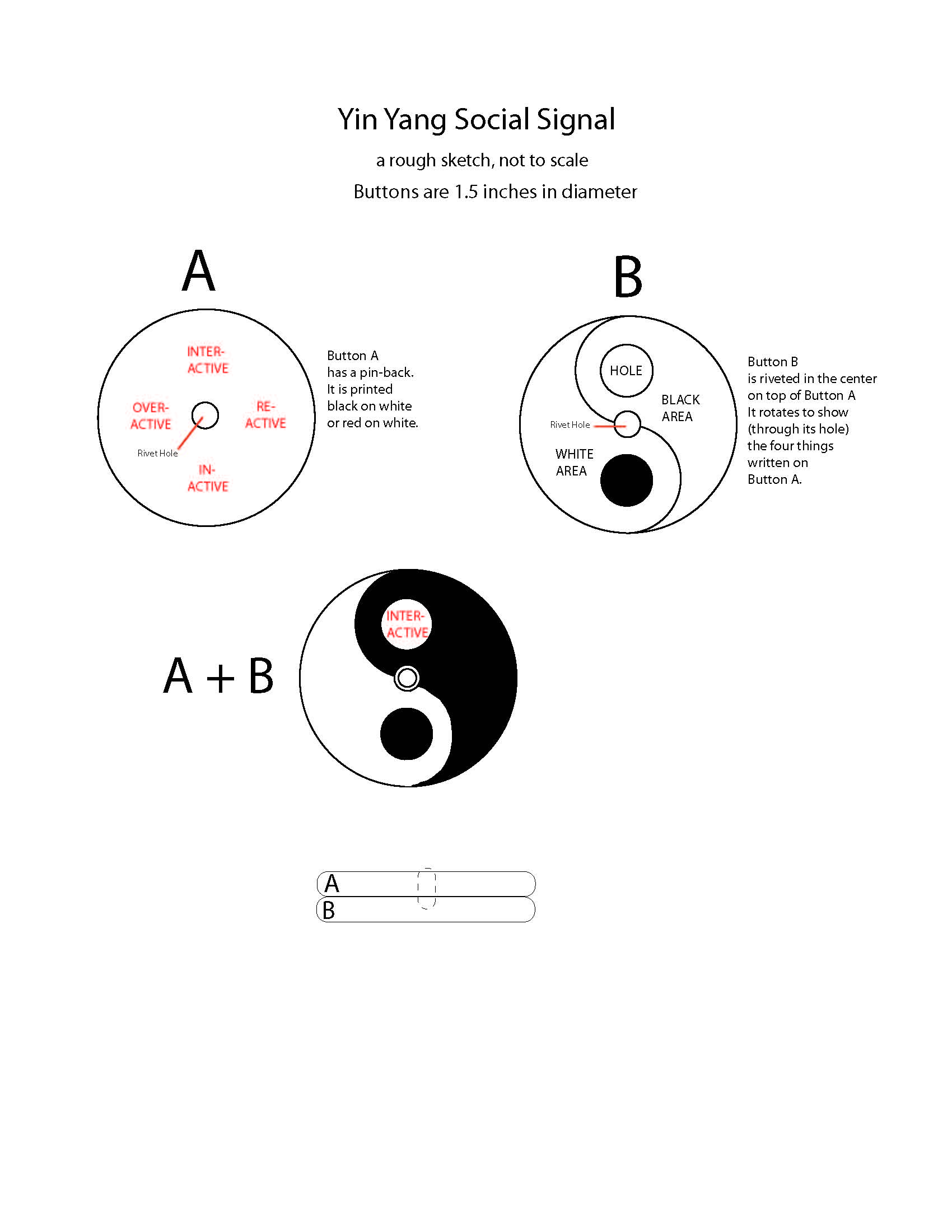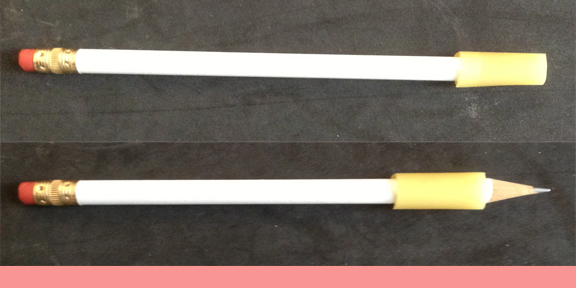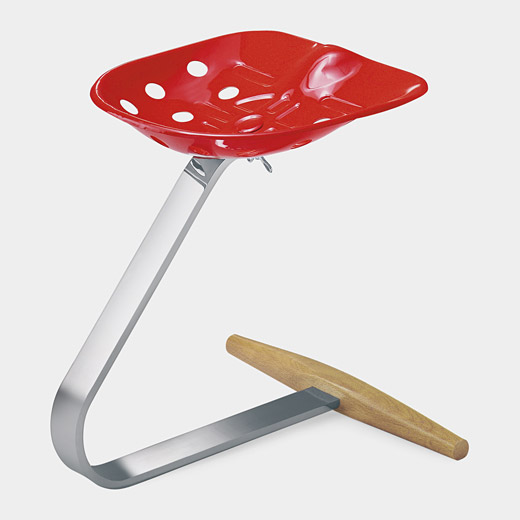Sometimes the puffery which passes for design writing and the product on which it lavishes fulsome praise are so ridiculous there is almost no need for criticism or satire. This excerpt from a recent article about a new perfume in the New York Times makes the point perfectly. I reproduce the short piece below, as it appeared, modifying it only to eliminate names and highlight some of the wonderful absurdities with italicization.
Teaming up this time with the German perfumer ________, whose clients include the likes of ________ and _______, the brand’s co-owners ________ and ________ attempted to capture the essence of a rare flower to create the unisex aroma _______. “The inspiration was an iris that grows only in the mountains of ________,” said _____, who discovered the species through art on a postcard. “It is a protected wildflower, so we could not harvest or remove the flower.” What’s more, iris flowers don’t actually have a scent — typically, only their roots do — so the team had to get creative. The fragrance they created, according to ______, is inspired by the “color, texture and pattern of the blossom.” The result is decidedly not floral. Instead, the eau de parfum has a powdery quality, with musky hints of clove and star anise, evoking burning incense — a signature note in the olfactory repertory of ____________, whose house line includes a scented room spray and candles. The effect is like a visit to an officers’ club from a bygone era, all smoky wood, aged leather and classic men’s cologne.
It Is NOT a tribute to design creativity when the picture of an odorless flower inspires a perfume with the scent of an officer's club. It is a sign that lost souls are creating perfumes. This is so perverse it could almost aspire to be called art.



















